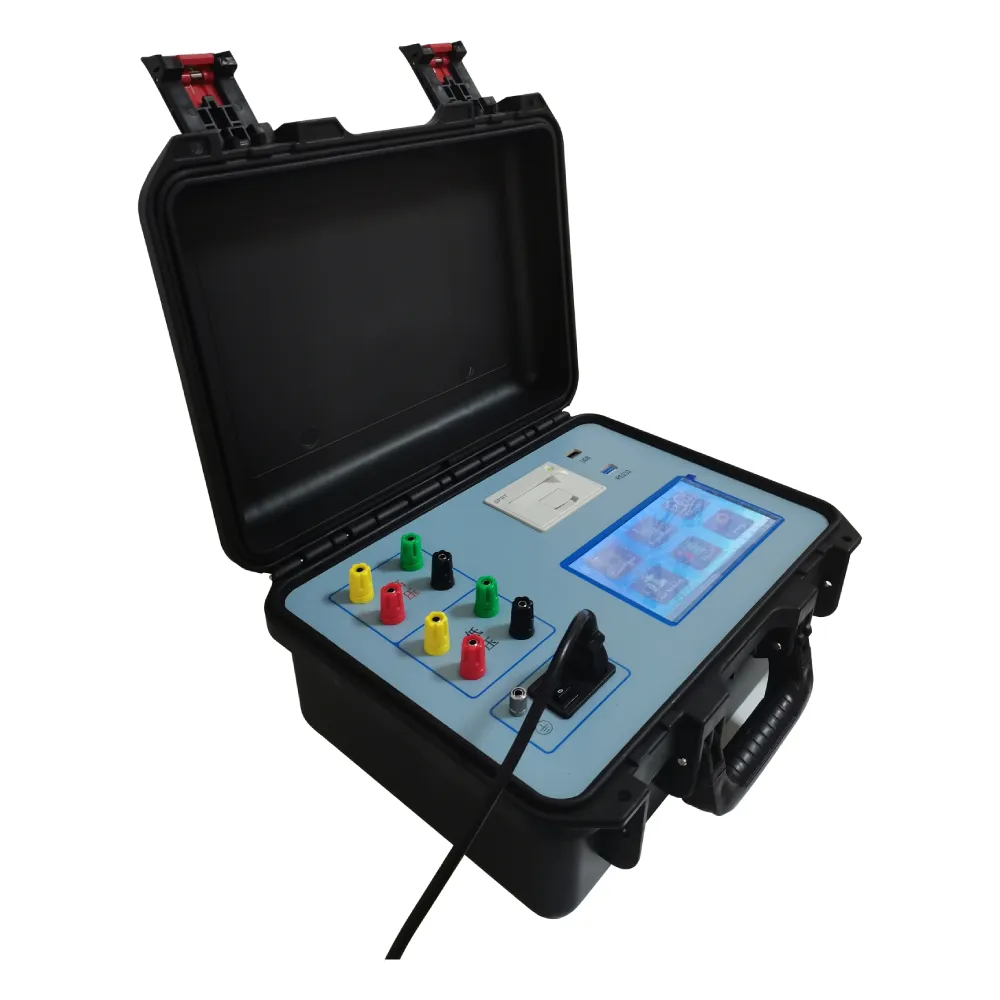 English
English


flash point and fire point
Flash Point and Fire Point Understanding Fire Safety
When it comes to fire safety and flammability, two critical concepts often discussed are the flash point and fire point of a substance
. Both terms are essential in determining how materials react in the presence of heat and can significantly impact safety regulations in industries that handle flammable substances.The flash point is defined as the lowest temperature at which a liquid produces sufficient vapor to form an ignitable mixture with air. This means that at temperatures below the flash point, a substance may not ignite even if it comes in contact with an open flame. The significance of the flash point is paramount for industries such as paints, solvents, and fuels, where controlling flammability is crucial. For instance, gasoline has a relatively low flash point, typically around -43°C (-45°F), making it highly susceptible to ignition. Understanding the flash point allows for safer handling and storage of chemicals, minimizing the risk of accidental fires.
On the other hand, the fire point is the temperature at which a material will continue to burn after it has been ignited. Generally, the fire point is higher than the flash point, indicating that a substance can produce enough vapor to ignite at a certain temperature, but may not sustain combustion without continued heat. This distinction is vital for fire safety assessments, particularly in workplaces where flammable liquids are utilized.
flash point and fire point

In practice, knowing both the flash and fire points of a material helps to establish safety protocols, including appropriate storage temperatures and methods for handling flammable substances. For example, industries typically adhere to guidelines that recommend keeping materials below their flash points to prevent accidental ignition. This information is often included in the safety data sheets (SDS) that accompany hazardous materials.
Moreover, these parameters play a role in regulatory compliance, guiding the development of safety standards in various sectors, from chemical manufacturing to transportation. Regulatory bodies often require tests to determine the flash and fire points to ensure that materials used meet safety standards.
In conclusion, understanding the concepts of flash point and fire point is vital for ensuring safety in environments where flammable substances are present. By comprehensively monitoring and controlling these factors, industries can significantly reduce the risk of fire incidents, protecting both people and property. Regular training and awareness of these concepts can further enhance safety measures, fostering a culture of responsibility and care in handling hazardous materials.
-
Differences between open cup flash point tester and closed cup flash point testerNewsOct.31,2024
-
The Reliable Load Tap ChangerNewsOct.23,2024
-
The Essential Guide to Hipot TestersNewsOct.23,2024
-
The Digital Insulation TesterNewsOct.23,2024
-
The Best Earth Loop Impedance Tester for SaleNewsOct.23,2024
-
Tan Delta Tester--The Essential Tool for Electrical Insulation TestingNewsOct.23,2024





